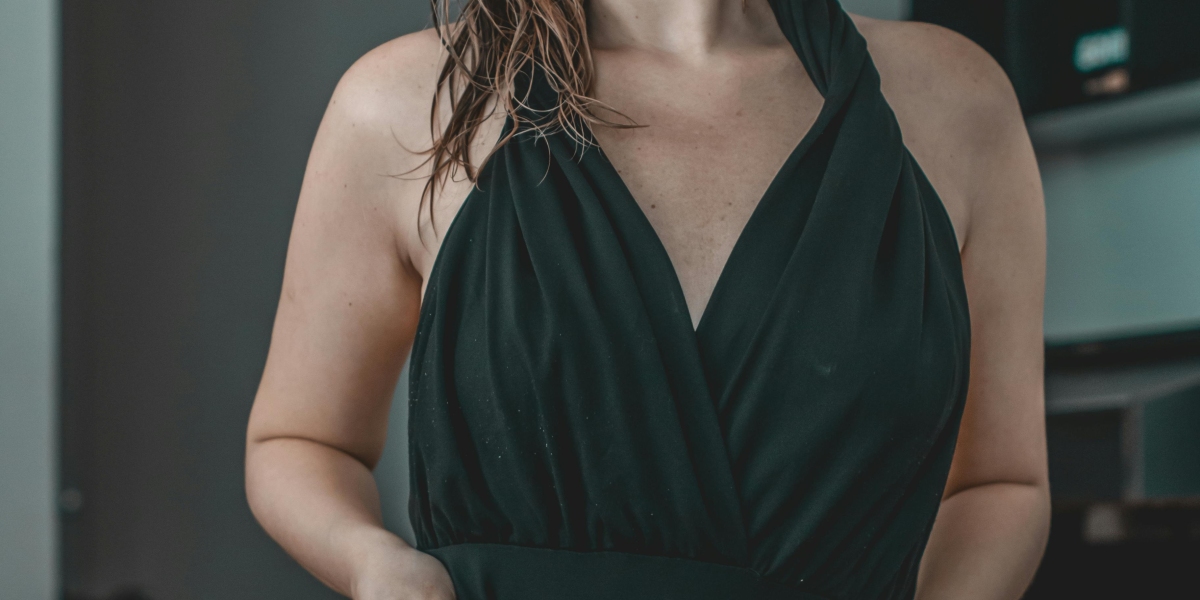Moroccan tiles are a stunning blend of artistry, tradition, and craftsmanship, renowned for their vibrant colors, intricate patterns, and rich history. These tiles, also known as Zellige tiles, have their origins in Morocco, where skilled artisans have been creating them for centuries. Today, Moroccan tiles remain a popular choice for homeowners and designers looking to add a touch of exotic charm and cultural heritage to their spaces.
One of the defining characteristics of Moroccan tiles is their elaborate geometric designs. These patterns are deeply rooted in Islamic art and architecture, emphasizing symmetry and repetition. From interlocking stars to delicate arabesques, the motifs used in Moroccan tiles create a mesmerizing visual experience. The intricate patterns often draw the eye and evoke a sense of wonder, making them a focal point in any room.
Another key feature of Moroccan tiles is their vibrant color palette. Traditionally, these tiles are handcrafted using natural clay and glazed in bold hues like cobalt blue, emerald green, terracotta, and sunshine yellow. These rich, earthy tones bring warmth and life to any space, whether used in kitchens, bathrooms, or outdoor areas. The colors of Moroccan tiles can evoke the beauty of Morocco's landscapes, from the azure Mediterranean Sea to the golden sands of the Sahara Desert.
Moroccan tiles are incredibly versatile in their application. They can be used on walls, floors, countertops, and even as decorative accents such as backsplashes or tabletops. Whether you want to create a feature wall in a living room or add a touch of elegance to a bathroom, Moroccan tiles provide endless design possibilities. Their ability to harmonize with both contemporary and traditional styles makes them a timeless choice for any interior design project.
In terms of durability, Moroccan tiles are a reliable option. The traditional manufacturing process involves firing the tiles at high temperatures, which makes them resistant to water, stains, and wear. This quality makes them ideal for high-traffic areas like kitchens and bathrooms, where both aesthetic appeal and functionality are essential.
Beyond their physical attributes, Moroccan tiles hold cultural significance. They are deeply tied to Morocco's artistic heritage and have been used for centuries to adorn palaces, mosques, and other architectural masterpieces. By incorporating these tiles into your home, you're not just adding a beautiful design element—you're also bringing a piece of Moroccan history and artistry into your space.
In modern interior design, Moroccan tiles are often used to create bold, statement-making features. Their intricate patterns and vibrant colors can transform a simple room into a work of art. They pair well with natural materials like wood and stone, enhancing their organic appeal, or they can be used as a contrasting element in sleek, minimalist spaces.
Whether you're looking to add a pop of color to a modern home or infuse a traditional setting with rich cultural elements, Moroccan tiles offer an elegant and timeless solution. Their unmatched beauty, versatility, and durability make them a favorite among designers and homeowners alike. With Moroccan tiles, you can transform any space into an oasis of charm and sophistication.









